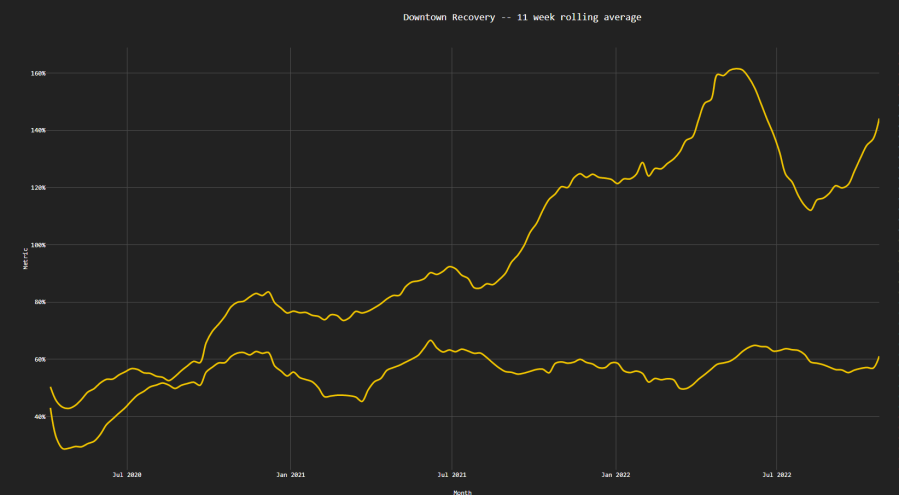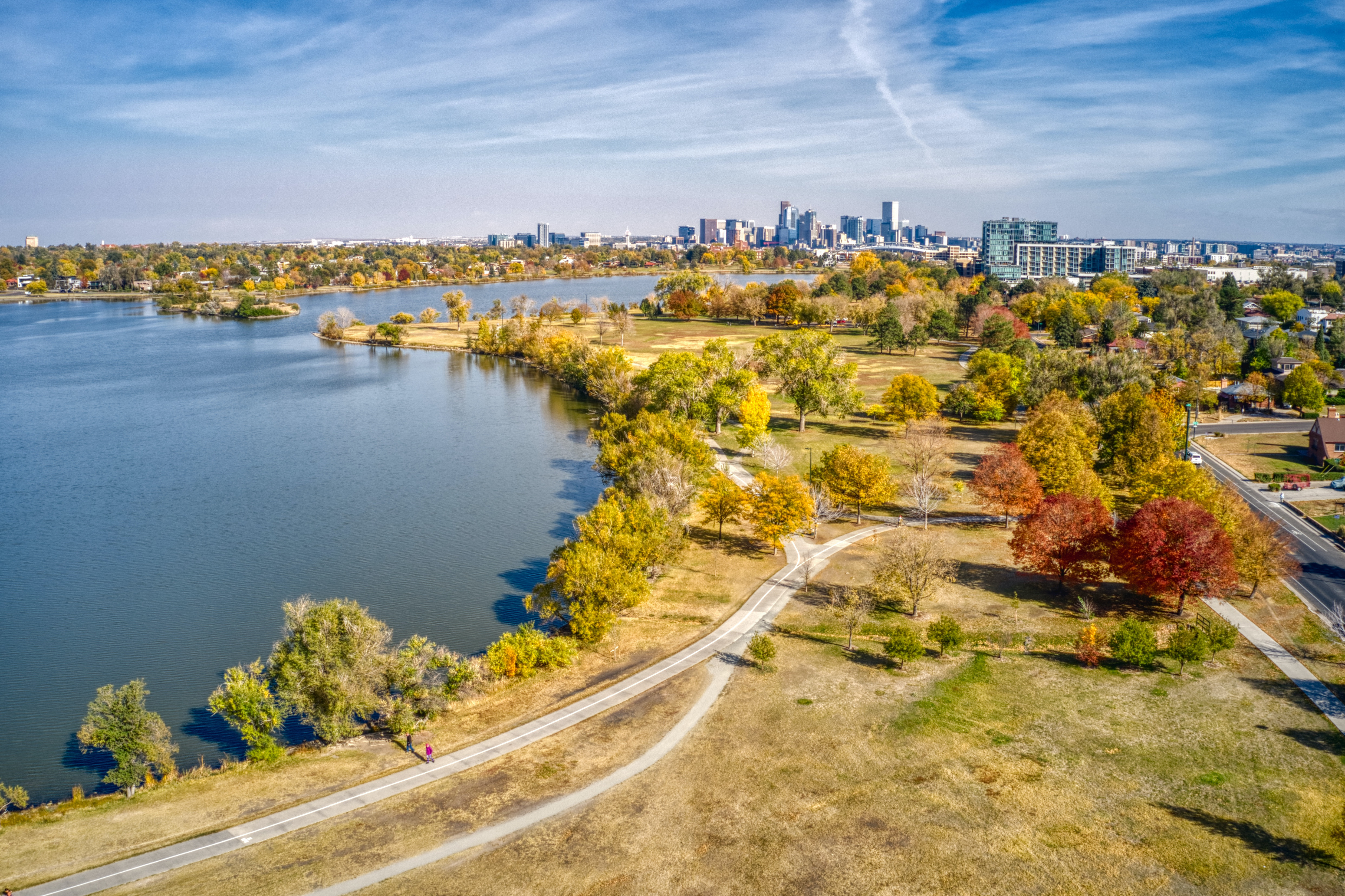DENVER (KDVR) — Denver’s downtown activity remains stubbornly below the levels it reached in 2019. Researchers believe the problem may be related to the exodus of workers to the suburbs during the COVID-19 pandemic.
A research team at the University of California, Berkeley analyzed the amount of cell phone activity in a given area as a proxy for foot traffic. They compared stretches of time since the pandemic to the same stretches of time before the pandemic began.
Between September and November 2022, Denver’s downtown only saw 59% of the activity it had during the same period in 2019.
Among 62 cities in the U.S. and Canada, Denver’s recovery ranks 35th. It ranks 33rd out of 52 U.S. cities, and 19th among the 27 cities west of the Mississippi. Its recovery rate is similar to that of Tulsa, Austin, Houston and Phoenix.
Only a handful of downtown areas have recovered most or all of their pre-pandemic traffic. Cities that have recovered at least 90% of pre-pandemic traffic include Albuquerque, Bakersfield, Baltimore, Columbus, El Paso, Fresno, Omaha, Salt Lake City and San Diego.
No single factor determined if a city’s downtown was more or less likely to recover its pre-pandemic levels, but some have common links. Remote work and housing density play a big role in how cities are recovering. Cities that have fully recovered are less dense, have a lower presence of tech and finance workers and have higher levels of car commuters.

The graph above describes the rolling 11-week average recovery rate of Denver (bottom) and Salt Lake City. Denver’s downtown traffic has peaked a little above 60% of pre-pandemic levels each summer, then dips. In Salt Lake City, downtown traffic has exceeded pre-pandemic levels since late summer 2021.

